Rapid learning or bite-sized learning has been traditionally referred to a methodolgy focused on creating e-learning lessons quickly through powerpoint presentations and recorded screencasts. The term microlearning has also been used in the sphere of e-learning referring to short-term digital microcontent activities in small timeframes.
But what about actively using rapid learning in your classroom? And what does it entail?
1. Goals and Expectations
Set doable goals and objectives in the classroom. The task has to be finished within a timeframe of 30 minutes for a 40-minute period lesson. This allows students with learning disabilities to complete their piece of work in the allotted time.
2. Active blended Learning
Use multimedia in your lessons. From video instruction to pictures, apps or websites, students can unleash their creativity in an environment that is part of their everyday life. Text, pictures and sounds, all combined in a highly visual environment enhance recall and increase retention of information.
3. Know how to use digital tools
Try them at least once before using them in the classroom. They have to be simple, user-friendly and fast. For language teachers, please visit the free resources available in exuc.org.
4. Reduce the amount of teaching
Teach but reduce your talk teaching time with small-learning units. Kids prefer clear concise task directions with independence practise to display mastery of the learning goal. Once you open the door of a new topic, students have to plunge into it by working creatively on a bite-sized learning objective. Allocating more than 10 minutes for academic teaching, blocks the student engagement in your subject. Learning by doing should be mandatory in every classroom regardless of the subject. Let your students breath. They will thank you for that.
5. Keep your classroom visual
Text, pictures, sounds, all combined in micro-content structures ( knowledge nuggets) within a highly visual class environment should be part of the flow of all the lessons to help students integrate their knowledge, organize and analize information and clarify their thoughts.

